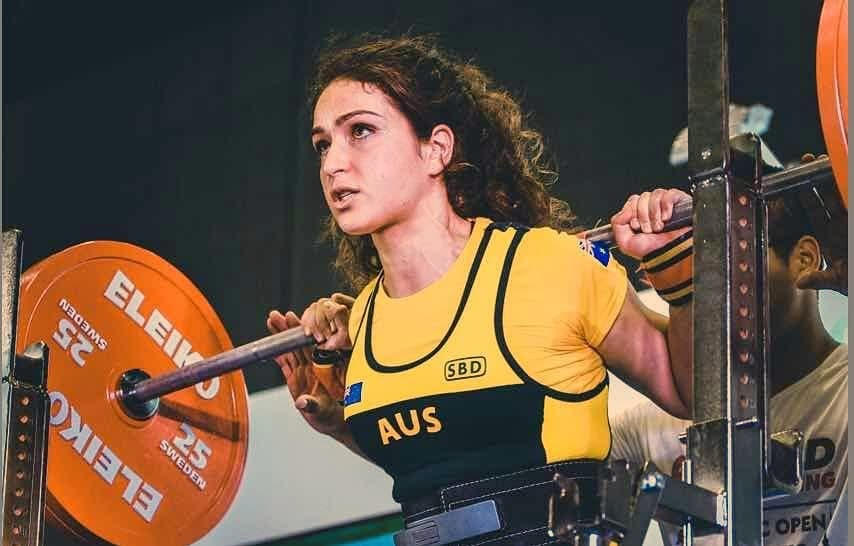Making weight for sport.
March 17th “This is meant to be a hobby” I remember thinking.
“This is meant to be a hobby” I remember thinking.
I felt my body being drawn downwards like a magnet. My eyes shut involuntarily as I battled through waves of unconsciousness. Time slowed- every second felt like a year. I focused on the pounding of my heartbeat in my head, crowding out the sounds of the busy aquatic centre.
All I could feel was the cool metal bench on which I lay by the pool. It was comforting. But it was pseudo-bliss. The thought of having a 140kg bar on my back terrified me – after all, I couldn’t even keep my head up let alone squat.
Trying desperately not to pass out again, I sat up and moved back into the sauna for a final round.
The sauna door swung open, and a lifeguard stepped in. “You need to come out”. I was more concerned with the fact that I was still 200g overweight, than the fact that I was kicked out of an aquatic centre because my body was in all sorts of trouble.
Back to the car. Sweatsuit – check. Heater – check. Chewing gum – check. Spit, spit, spit.
Eventually, at the venue, the scale read “63.00kg”. I’d made it. In fact I’d already won in my books and almost forgot I had to lift!
I performed well, achieving personal bests in every lift and winning ‘best female lifter’. But I got lucky. I also know what it’s like to invest time, emotion and money travelling internationally, have a perfect training cycle – only to ignore sound advice and mess up my weight cutting, underperforming severely as a consequence.

Having my own sporting background in powerlifting, I can safely say I’ve “been there, done that” when it comes to sports nutrition and making weight. Making weight is often a dark, underground process in many weight-class sports, where dangerous (and potentially life-threatening) advice is thrown around like confetti. But it doesn’t need to be like this. Since becoming a sports dietitian, I’ve developed a greater understanding of these short-term weight-cutting strategies and have guided athletes into their weight classes with ease, confidence and above all, safely.
Some of my tips:
- Seek advice from a qualified, experienced nutrition professional.
- Simply put, if your bodyweight is more than 5% over your weight class, consider longer-term fat loss to complement short-term strategies.
- Find out the time interval between weigh-in and competition ASAP. This will assist in determining which strategies will best suit you.
- Understand your sport’s physical and nutritional demands in order to assist in determining which weight-cutting strategies will impact performance the least.
- Always plan and experiment. Aim to replicate your weight cutting strategies prior to the competition to better understand how your body responds.
- Have a plan in place for post-weigh-in nutrition and hydration. This is crucial and can have a significant negative impact on performance if it is poorly executed.
- After the competition, reflect on your weight-cutting techniques, recovery nutrition and performance. What went well and what didn’t, and what can you do better next time.
If you are in a weight-class sport like powerlifting, weightlifting, boxing or MMA, we would love the opportunity to work with you.
